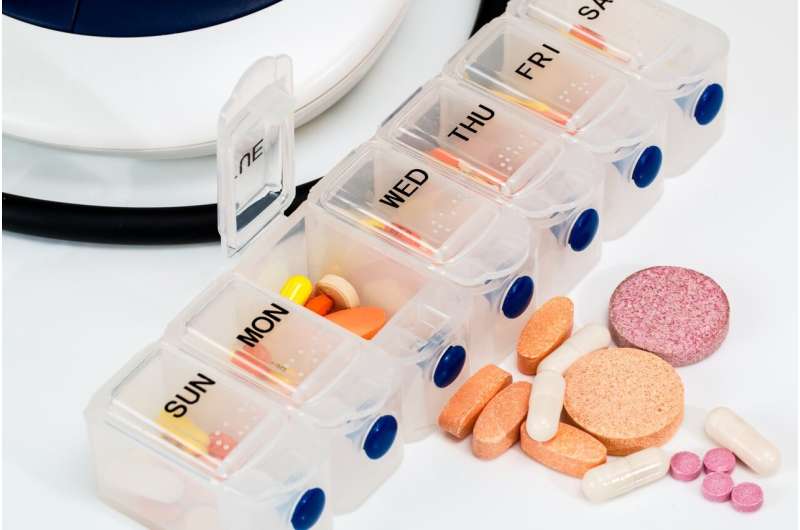Ending market exclusivity for statins saves US $12 billion and individuals nearly $1,000 annually

Prescription drug costs represent nearly 10 percent of total health care expenses for Americans, pushing the issue to the forefront of national health care policy conversations. With rising costs an ongoing concern, a study released today in JAMA Network Open, published by the American Medical Association, shows the impact that introducing generic medications to the marketplace can have on bringing down prices.
In a recent study, George Mason University Associate Professor Hong Xue, Ph.D., in the College of Health and Human Services Department of Health Administration and Policy (HAP), and colleagues including doctoral students Shuo-yu Lin and Weiyu Zhou, evaluated the impact of ending market exclusivity for brand-name statin drugs on generic statin purchases. Statin drugs are used to lower cholesterol to prevent and treat cardiovascular disease, a leading cause of death for men and women across racial and ethnic groups.
"Generic competition is effective for reducing prescription prices in the United States. Encouraging generic competition and access to generic medication should be considered as important regulatory policy options to reduce health expenditures," according to Xue and Lin. On average, more than 21 million statin prescriptions were purchased annually during the study's 17-year period. After the market introduction of the generics, brand-name statin purchases decreased by 90.9 percent nationally and 27.4 percent individually. The study found that average annual cost savings per individual were $370.0 for private insurers, $281.0 for Medicare, $72.34 for Medicaid, and $211.9 for out-of-pocket, translating to an $11.9 billion savings for the US.
This study is the first to comprehensively assess the economic impact of generic competition for all available statins. The research team used a difference-in-difference design with data drawn from the annual nationwide Medical Expenditure Panel Survey for the years 2002 to 2018.
The Center for Drug Evaluation and Research estimates that the average generic drug price is 49 percent of the corresponding brand-name drug. When six or more generic competitors exist, the amount saved is up to 95 percent. The authors note that there were seven brand-name statin drugs available prior to the end of market exclusivity. The study tracks market-entry of five generic statins.
The transdisciplinary research team included Alison Evans Cuellar, Ph.D. (HAP) and Weiyu Zhou from Mason's Department of Statistics; Kyle Baumann, DO, from the University of Minnesota Medical School; and Chenxuan Zhou, Master of Finance, from the Virginia Commonwealth University School of Medicine.
More information: Shuo-yu Lin et al, Trends in Use and Expenditures for Brand-name Statins After Introduction of Generic Statins in the US, 2002-2018, JAMA Network Open (2021). DOI: 10.1001/jamanetworkopen.2021.35371


















